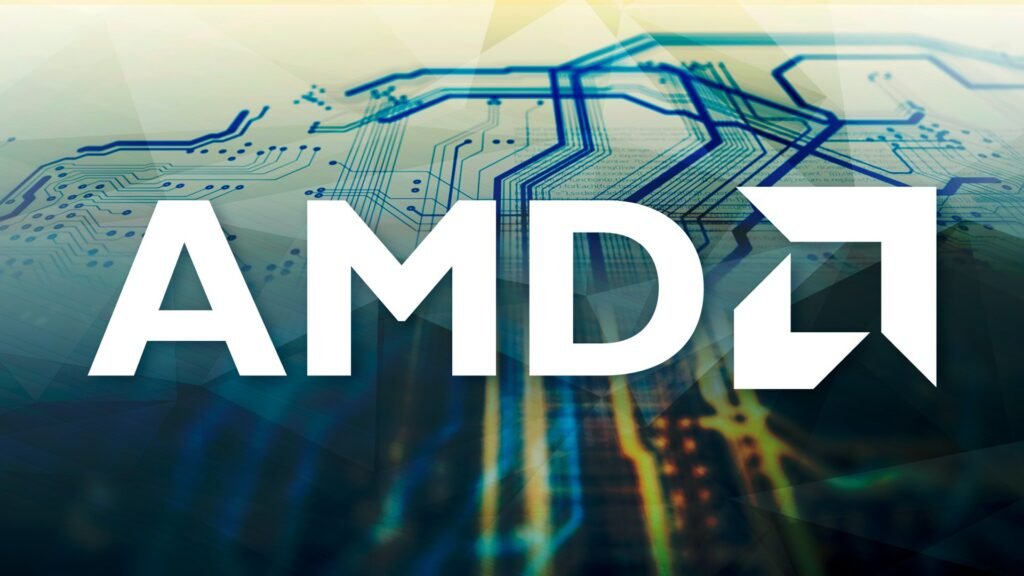AMD utilizing Intel crisis for its massive expansion

One man’s suffering is another man’s joy: While the chip company Intel is still in a deep crisis, its traditional, smaller competitor can continue to make up significant ground.
Strong growth
AMD posted record revenue of $6.8 billion in the third quarter of its 2024 fiscal year, up 18 percent year over year. Despite this positive news, share prices fell as the fourth quarter outlook failed to meet investors’ expectations. AMD’s business performed particularly strongly in the data center segment, which recorded revenue of $3.5 billion – an impressive increase of 122 percent compared to the previous year. This success was primarily driven by high sales figures for Epyc processors and Instinct graphics chips.
The client segment, which includes desktop processors, was also strong with sales of $1.9 billion – an increase of 29 percent compared to the same period last year. Demand for the new Zen 5 Ryzen processors contributed significantly to this growth. However, business in the gaming segment was less encouraging.
Here sales fell by 69 percent to $462 million, which is primarily due to lower income from the sale of game consoles. The embedded segment also recorded a decline of 25 percent to $927 million as customers adjusted their inventory levels to current market developments and purchased fewer.
Supply chain becomes a problem
“We delivered strong financial results in the third quarter, led by higher sales of our Epyc and Instinct data center products and robust demand for our Ryzen PC processors,” said AMD CEO Lisa Su, commenting on the results. “We see significant growth opportunities in the data center, client and embedded sectors, driven by the insatiable demand for more computing power.” For the fourth quarter, AMD forecast revenue of $7.5 billion, give or take $300 million.
This would again represent a significant increase, but not as high as expected. A major problem here arises from the fact that AMD management also assumes that it will be able to sell more – but the supply chains currently do not allow for more. So there are likely to be bottlenecks in places.
Research Snipers is currently covering all technology news including Google, Apple, Android, Xiaomi, Huawei, Samsung News, and More. Research Snipers has decade of experience in breaking technology news, covering latest trends in tech news, and recent developments.












